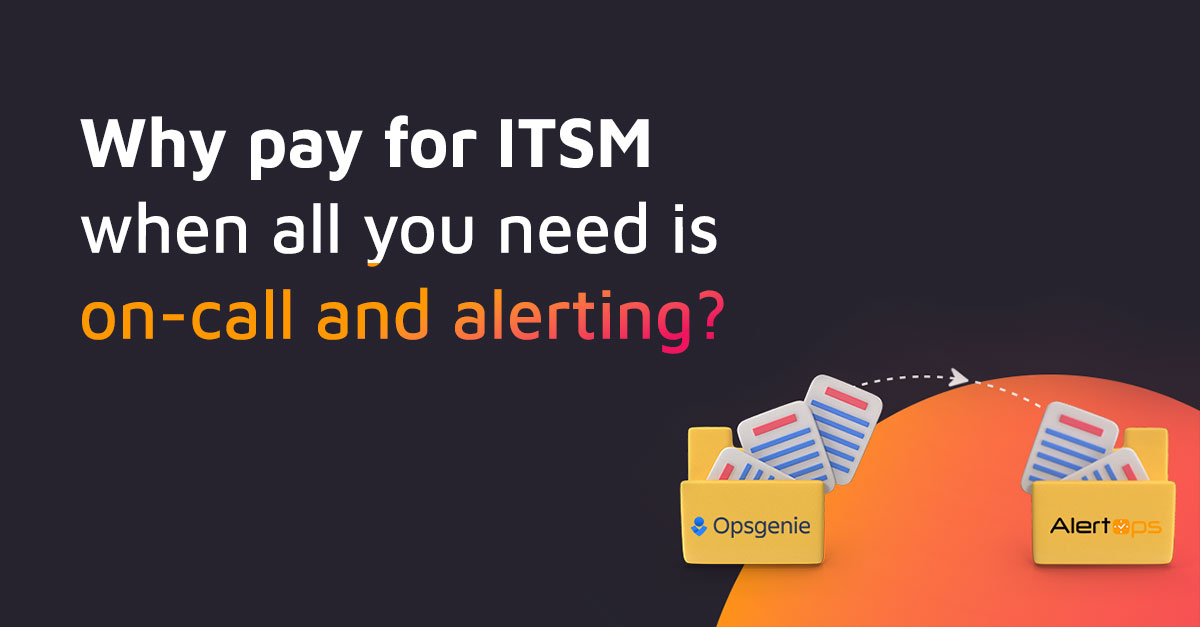Effective incident management empowers organizations to handle cybersecurity incidents, reduce the impact if they occur, and strengthen their defenses against future threats. The ultimate goal of incident management is iterating processes from past incidents and implementing successful practices while eliminating failed methods. With that, organizations can maintain service quality, increase productivity, and ensure a better end-user experience.
Planning for potential security incidents has become a crucial element in every organization’s business strategy in today’s complex landscape of data theft, security breaches, and cybercrime.
Surveys revealed 41% of business investors and analysts are becoming increasingly worried about cyber threats. One way for organizations to achieve cybersecurity readiness and instill confidence among stakeholders is to build a robust security incident management plan.
Despite its overwhelming benefits, 77% of organizations still do not have an incident management plan that is applied consistently across their enterprises. This increases the risk of more extended downtimes and substantial fines as a result of failing to follow data security protocols.
This article will take a comprehensive look at challenges for successful incident management process and provide you with specific tips on overcoming them.
1. Incident Detection
Security threats occur in several forms, which makes their identification more challenging. These can range from configuration alterations, issues in outgoing network traffic, or unusual behavior of a privileged user. This results in a significant delay from the time the incident occurred to the date the organization discovered it, thereby putting them at a much greater risk of suffering more extended downtime and public scrutiny.
With the increasing attack vectors and the ever-evolving threat landscape, early cybersecurity threat detection is paramount in helping organizations fix security gaps and strengthen their defenses. The challenge of successful incident detection often lies in discovering and decoding threats immediately. Massive data collected from outside sources need to be evaluated effectively and efficiently so you can take action on it in a systematic and prioritized manner.
One of the best practices in incident management is implementing behavioral monitoring to make it easier for IT teams to understand what constitutes normal and acceptable behavior. The value of behavioral tracking is establishing a baseline so that everyone can recognize anomalies regardless of their familiarity with the underlying technology. With behavioral monitoring, organizations can detect threats and attacks before they occur, making it easier to strengthen the weak points of their environment and improve overall security.
2. Lack of Insider Threat Programs
Internal cyberattacks are more common than many organizations care to assume, and ignoring that reality would put them at peril. The compromise or loss of sensitive data, personally identifiable information (PII), and critical assets from acts of violence, sabotage, theft, and insider fraud may produce irreparable damage that could potentially land you in jail. The risk of successful insider exploits in the organization will only increase without an insider threat program.
Understanding employees’ performance and general satisfaction can help managers stop problems from occurring in the first place. Building an organized insider threat program with an accurate classification of roles and responsibilities allows you to identify high-risk profiles and threats.
Most solutions geared with insider threat detection capabilities utilize machine learning algorithms with purpose-built analytics, data mining, enrichment, and event correlation to reveal risky patterns. This can help make your organization stronger against existing and future vulnerabilities. Your insider threat program should contain the procedure to conduct inquiries and appropriate practices to stop threats from happening and keep your customers and teams in the loop during downtime.
3. Evolving Privacy Requirements
Shifting privacy requirements present a continuous challenge to ensuring effective incident management. These data privacy laws are often mandatory and keep changing with time, making it more difficult for the incident handling team to maintain a consistent pace. Many regulations also have more specific requirements about timing and notification content depending on the agency that administers and enforces them.
Organizations responsible for storing, processing, and distributing client data need to be extremely cautious about the way they do so. For instance, the General Data Protection Regulation (GDPR) requires organizations to protect the personal data of consumers for transactions that occur within the European Union (EU) member states. Similarly, the Health Insurance Portability and Accountability Act (HIPAA) outlines regulations for handling personal health data such as medical records.
Staying on top of these privacy requirements allows organizations to know what are the common causes of incident response problems. Create a robust data privacy foundation and have a well-thought-out policy to stay ahead of changing privacy laws. It would help if you also had a dedicated staff member or team in charge once policies are created to ensure its accuracy and consistency with regulatory changes.
4. Shortage of Skilled Individuals
The lack of skilled security experts is not new, but it continues to become one of the most significant incident response challenges affecting organizations every day. Statistics revealed that the cybersecurity skills shortage had reached almost three million globally. Many businesses try to get around this by hiring consultants as needed, but consultancies aren’t immune to the worldwide personnel shortage either.
They are also expensive to hire and may not be able to staff projects adequately on short notice, causing further problems in implementing an effective incident management strategy. The solution to this underlying issue lies in using a dynamic IT management software with automation functionalities. Automating timeline creation, data collection, context, and reputation can significantly trim workloads and response times dramatically.
It can also make employees more efficient and productive by eliminating the most tedious and repetitive parts of an incident investigation. Without automation, IT teams will have to devote valuable time to comb through alerts from disparate security tools to identify which require immediate attention. Incident management automation enables organizations to focus on critical items that need their attention and expedite the aggregation of data, thus, putting the relevant details at the fingertips of the analyst for evaluation.
It may also help to use project management tools for IT teams. Project management styles and systems can adapt to fit the parameters of your pipeline in DevOps. The key here is to focus on refactoring the timeline, so your IT team can apply a more agile approach to accomplishing incremental deliveries at the end of each sprint. Or, you may use a project management software to coordinate different teams for better outcomes.
5. Information Overload
Another critical challenge security teams face in incident management is information overload and alert fatigue from the significant amount of inbound security alerts. As the threat landscape becomes more complex, determining whether the alert is a false positive or a genuine threat gets difficult. On average, a security analyst can investigate approximately 20 to 30 alerts in a standard workday.
This is a far cry from the average 10,000 alerts a typical organization’s security operations center receives daily. With this amount of data, it is easy to know why a majority of organizations cannot curb alert noise, let alone detect or mitigate threats. While attacks continue to evolve, most can be mitigated if the security team has efficient means of investigating alerts that enable them to stay updated with the deluge of security information.
An excellent way to resolve this issue is to create an online portal that allows security teams to categorize alerts based on multiple factors such as cost or potential impact. Classifying security alerts also helps identify trends and patterns that can enable incident prevention and resolution efficiencies. It would be best to optimize the portal for mobile devices to encourage self-service and provide a quick viewport for your staff to check issue statuses and address accordingly.
Achieving Effective Incident Management
Incident management brings a myriad of benefits to an organization, including faster incident resolution, reduced costs or revenue losses, and continuous improvement. The key to effective incident management is establishing the right processes and using solutions that empower organizations to respond, resolve, and learn from every incident proactively.



